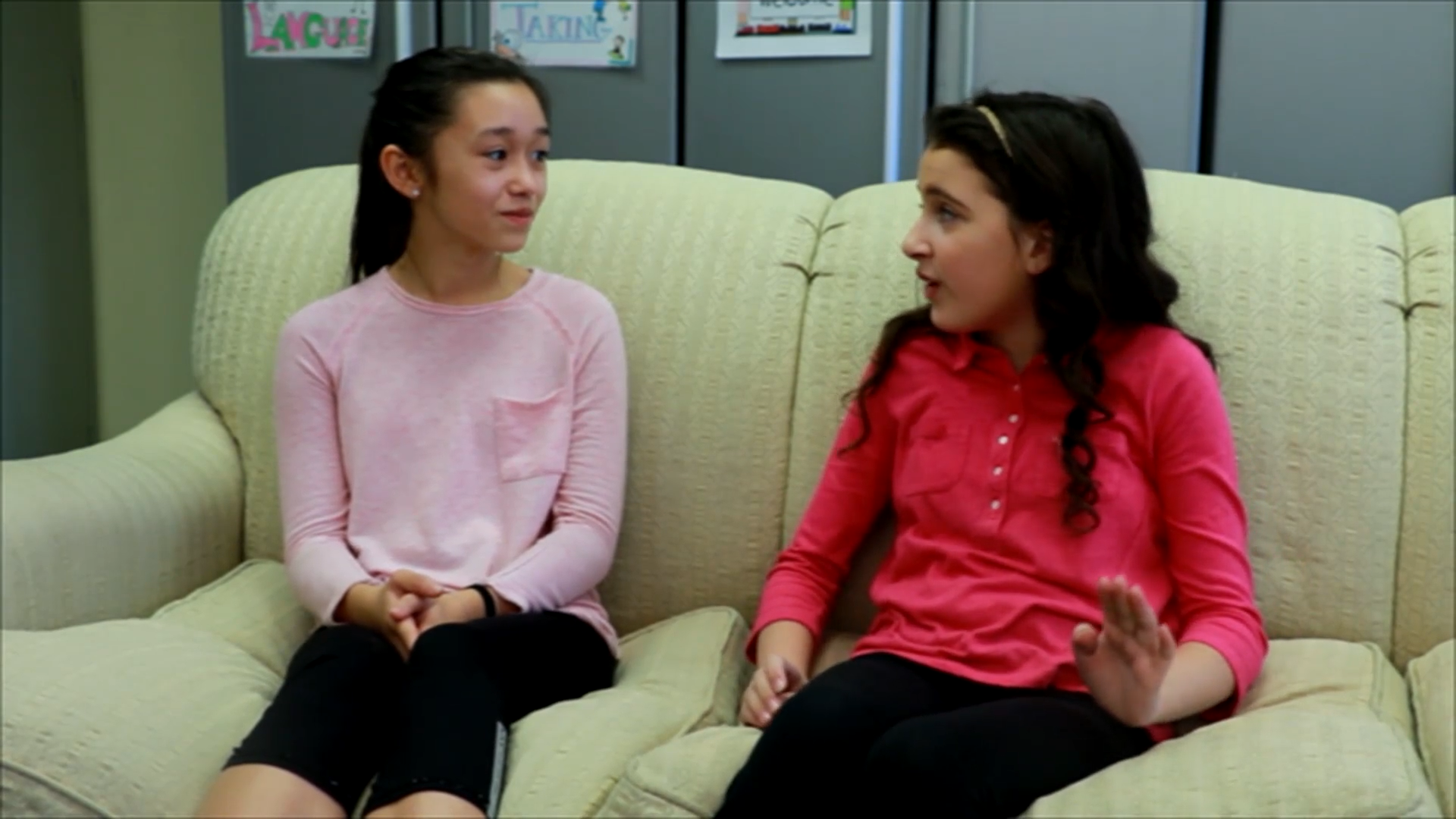
Introduction
Being able to communicate effectively is an essential life skill. For elementary students, learning to share stories and experiences can help them build social skills, develop empathy, and enhance their ability to express themselves. In this blog post, we’ll explore an engaging no-prep activity to teach storytelling techniques, discuss related skills, and provide some next steps for educators interested in incorporating these concepts into their curriculum.
No-Prep Activity: Storytelling Relay
This activity requires no preparation or materials from the educator. It focuses on teaching students the importance of including key details in their stories, such as where they went, what they did, and who they were with. Here’s how the activity works:
- Divide the students into small groups of 4-5 members.
- Ask the first student in each group to share a recent experience or event in three to four sentences, including the key details mentioned above.
- Once the first student has shared their story, the next student in the group should continue by sharing their own experience, also in three to four sentences.
- Continue this process until all group members have shared their stories.
- After each group has completed the relay, gather the whole class together and discuss what they learned from the activity.
The Storytelling Relay activity encourages students to practice concise storytelling, helps them understand the importance of including relevant details, and fosters a supportive environment for sharing personal experiences.
Discussion Questions
Use these questions to facilitate further discussions among the students:
- Why is it important to include key details in our stories? How do these details help others understand our experiences better?
- How can sharing our stories help us connect with others and build strong relationships?
- What are some ways to make our stories more engaging and interesting for the listeners?
- How did you feel when you were listening to your classmates’ stories? Did you learn something new about them?
- Why is it essential to practice good listening skills when others are sharing their stories?
Related Skills
Teaching storytelling techniques is just one aspect of helping students develop their communication skills. Here are some other relevant skills that can be taught alongside storytelling:
- Active Listening: Encourage students to pay attention, make eye contact, and ask follow-up questions when listening to others.
- Empathy: Help students understand and share the feelings of others, fostering a more compassionate classroom environment.
- Nonverbal Communication: Teach students about body language, facial expressions, and tone of voice, and how these can impact their message.
- Public Speaking: Provide opportunities for students to practice speaking in front of a group, building their confidence and presentation skills.
Next Steps
If you’re interested in incorporating storytelling techniques and other communication skills into your curriculum, we encourage you to sign up for free samples of our resources at Everyday Speech. Our materials are designed to help educators teach social-emotional learning concepts in engaging and effective ways. Start exploring our sample materials today and help your students develop the communication skills they need for success in the classroom and beyond.

